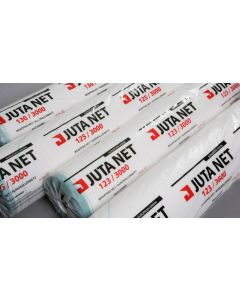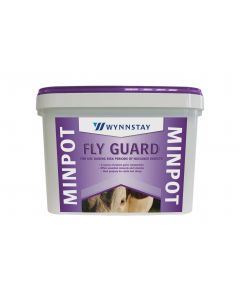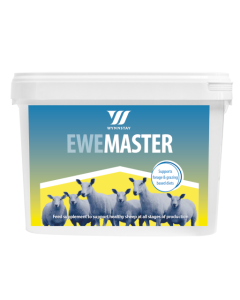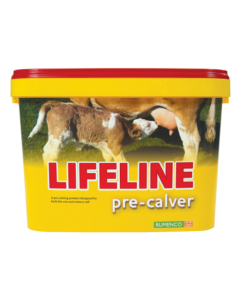Silotite Pro Pre Stretched Bale Wrap - 1950m
- Technically advanced 5 layer silage stretchfilm
- Developed for use with round and square bale wrappers
- Added benefit of being easier to recycle thanks to its thinner, but stronger profile
- Manufactured using the latest raw materials
- Enhance the essential characteristics of silage stretchfilm
- Robust enough to withstand the rigours of modern, complex wrapping machinery
- Benefits from a greater reel length than conventional stretchfilms
- Allows users to produce more bales per reels with fewer reels changes necessary
- Better placed to withstand tough, stemmy forage crops
- Enhanced oxygen barrier – critical to ensuring excellent crop conservation
- Suitable for all balewrappers, although it was designed specifically for modern, complex, high output wrappers
- Manufactured in a range of UV formats to protect bales whatever the weather
- Accredited by the SP Technical Institute of Sweden
- 100% recyclable
- Available in Green & Black
Silotite Pro Bale Wrap is a technically advanced 5 layer silage stretchfilm and offers farmers and contractors the triple benefits of an enhanced bale wrapping process, significant cost savings and augmented crop quality. Additionally, this next generation bale wrap, developed for use with round and square bale wrappers, has the added benefit of being easier to recycle thanks to its thinner, but stronger profile. It is manufactured using the latest raw materials and advanced 5 layer manufacturing techniques that enhance the essential characteristics of silage stretchfilm.
The unique system of continuous measurement and adjustment applied during the Silotite Pro production process assures the optimisation of the film’s high performing 5 layer film structure. Its highly effective, pre-orientated 5 layer structure film – robust enough to withstand the rigours of modern, complex wrapping machinery, as well as benefiting from a greater reel length than conventional stretchfilms. This additional length allows users to produce more bales per reels with fewer reels changes necessary.
Thanks to pre-orientated production process Silotite Pro is better placed to withstand tough, stemmy forage crops. As a pre-orientated film SilotitePro benefits from an enhanced oxygen barrier – critical to ensuring excellent crop conservation, it is also suitable for all bale wrappers, although it was designed specifically for modern, complex, high output wrappers.
| Weight | 50.000000 |
|---|---|
| Manufacturer | Silotite |
Related Products
-
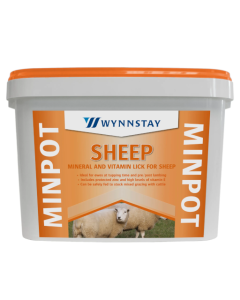 Minpot Sheep - 22.5kg£25.50 £25.50available for collection fromPlease select a Branch to view stock levelsPlease select all required options to show stock at
Minpot Sheep - 22.5kg£25.50 £25.50available for collection fromPlease select a Branch to view stock levelsPlease select all required options to show stock at -
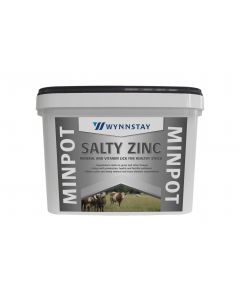 Minpot Salty Zinc - 22.5kg£23.50 £23.50available for collection fromPlease select a Branch to view stock levelsPlease select all required options to show stock at
Minpot Salty Zinc - 22.5kg£23.50 £23.50available for collection fromPlease select a Branch to view stock levelsPlease select all required options to show stock at -
 Cattle Energy + Magnesium Bucket - 25kg£32.40 £27.00available for collection fromPlease select a Branch to view stock levelsPlease select all required options to show stock at
Cattle Energy + Magnesium Bucket - 25kg£32.40 £27.00available for collection fromPlease select a Branch to view stock levelsPlease select all required options to show stock at -
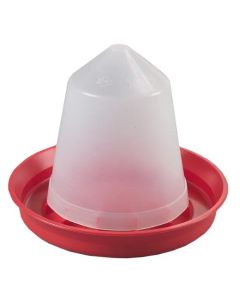 BEC 1.5kg Poultry Feeder£5.00 £4.17available for collection fromPlease select a Branch to view stock levelsPlease select all required options to show stock at
BEC 1.5kg Poultry Feeder£5.00 £4.17available for collection fromPlease select a Branch to view stock levelsPlease select all required options to show stock at -
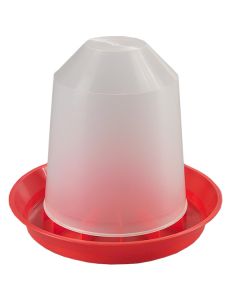 BEC 5kg Poultry Feeder£8.00 £6.67available for collection fromPlease select a Branch to view stock levelsPlease select all required options to show stock at
BEC 5kg Poultry Feeder£8.00 £6.67available for collection fromPlease select a Branch to view stock levelsPlease select all required options to show stock at -
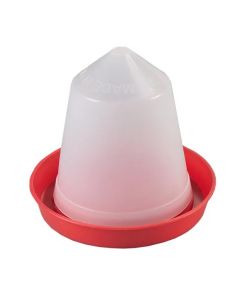 BEC 1.5 Litre Poultry Drinker£5.00 £4.17available for collection fromPlease select a Branch to view stock levelsPlease select all required options to show stock at
BEC 1.5 Litre Poultry Drinker£5.00 £4.17available for collection fromPlease select a Branch to view stock levelsPlease select all required options to show stock at -
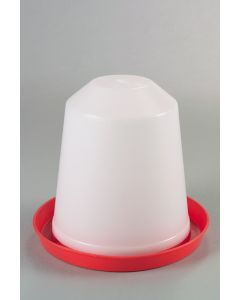 BEC 5 litre Poultry Drinker£8.00 £6.67available for collection fromPlease select a Branch to view stock levelsPlease select all required options to show stock at
BEC 5 litre Poultry Drinker£8.00 £6.67available for collection fromPlease select a Branch to view stock levelsPlease select all required options to show stock at


